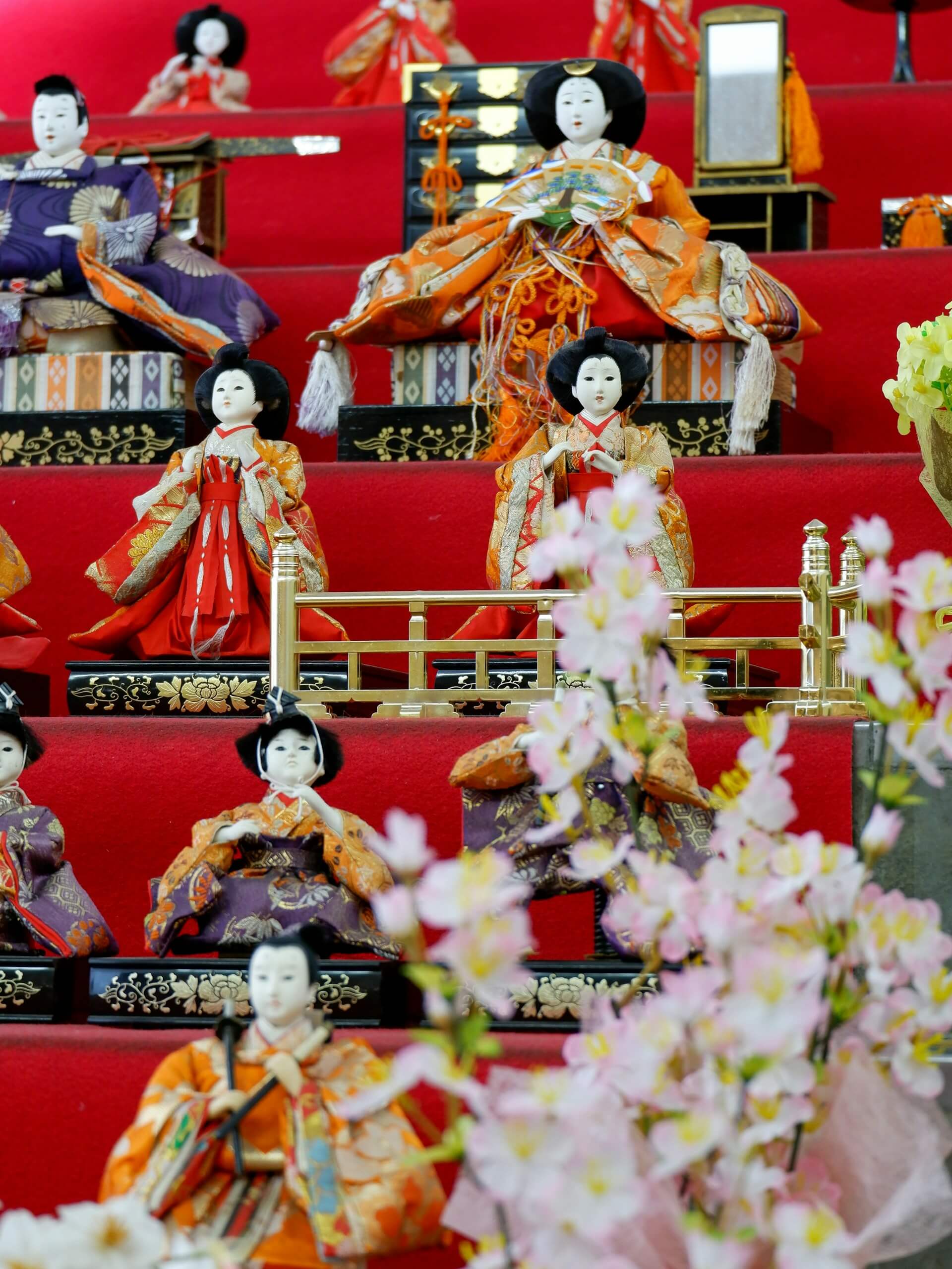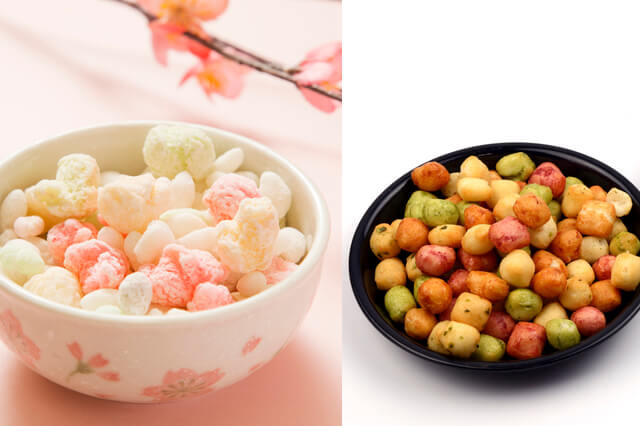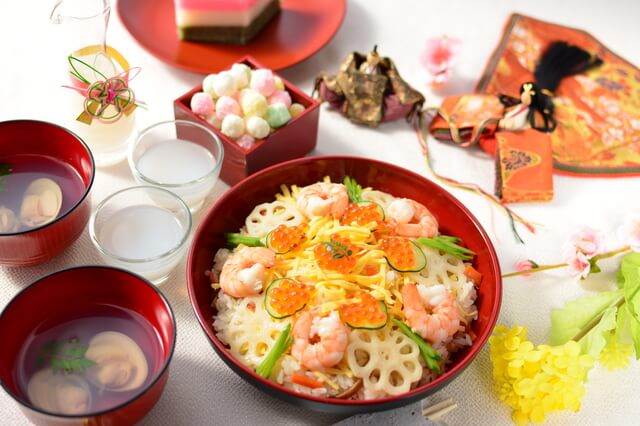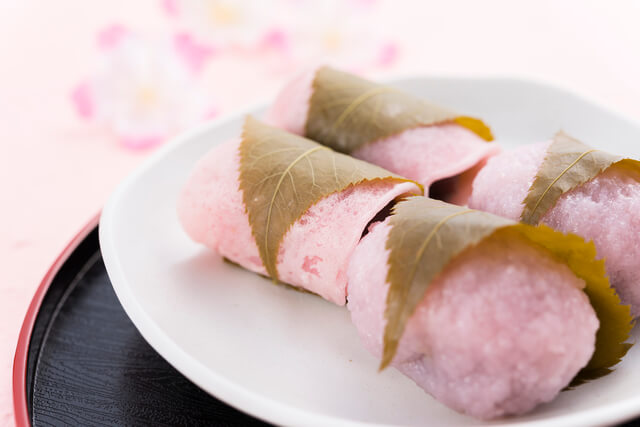
Introduction
The Doll Festival, known as ひな祭り (Hina Matsuri), is celebrated on March 3rd each year in Japan. This beautiful event is dedicated to the health and happiness of young girls, showcasing a rich tradition that dates back to the Heian period (794-1185). In this blog post, we’ll dive into the customs of Hina Matsuri and its significance in Japanese culture.
What is Hina Matsuri?
Hina Matsuri, often referred to as Girl’s Day, involves families with young daughters setting up a display of ひな人形 (Hina-ningyou, “Hina dolls”) inside their homes. These dolls are beautifully designed and dressed in traditional court clothes from the Heian period. The display typically features dolls representing the emperor and empress, along with their attendants and musicians, arranged on a multi-tiered platform covered with a red carpet.
Customs and Celebrations
The main attraction of Hina Matsuri is the doll display, which is set up in homes weeks before the festival to keep away bad spirits and bring good fortune to the girls. Families take great care in arranging these dolls, which are often family treasures passed down through generations. In addition to the display, special foods are prepared for the occasion, including Chirashi sushi, clam soup, and a sweet rice drink called 甘酒 (Amazake). Pink mochi, known as 桜餅 (Sakura Mochi), and ひなあられ (“Hina-arare,” small, colorful rice crackers) are also enjoyed.



Image Source: at home VOX (https://www.athome.co.jp/vox/life/68458/)
Cultural Significance
Hina Matsuri not only celebrates the growth and well-being of young girls but also connects to Japan’s historical and artistic heritage. The festival’s customs are closely linked with Japanese values of family and community, showing a national effort to cherish and protect children. The careful attention given to the doll displays and the preparation of traditional foods emphasize the importance of tradition and continuity in Japanese culture.
Conclusion
The Doll Festival is a vivid and heartwarming occasion that embodies the spirit of family and tradition in Japan. By participating in Hina Matsuri, families express their hopes for their daughters’ futures, filled with happiness and health. It’s a day that not only brings families together but also helps preserve and pass on cultural heritage to the next generation. Through the careful arrangement of beautiful dolls, the preparation of special meals, or the sharing of festive treats like Sakura Mochi and Hina-arare, Hina Matsuri is a celebration of love, care, and hopes for a bright future.
If you’re looking to celebrate Hina Matsuri in your own home, consider getting a beautiful set of Hina dolls to honor this tradition. These lovely dolls can make your celebration even more special!



